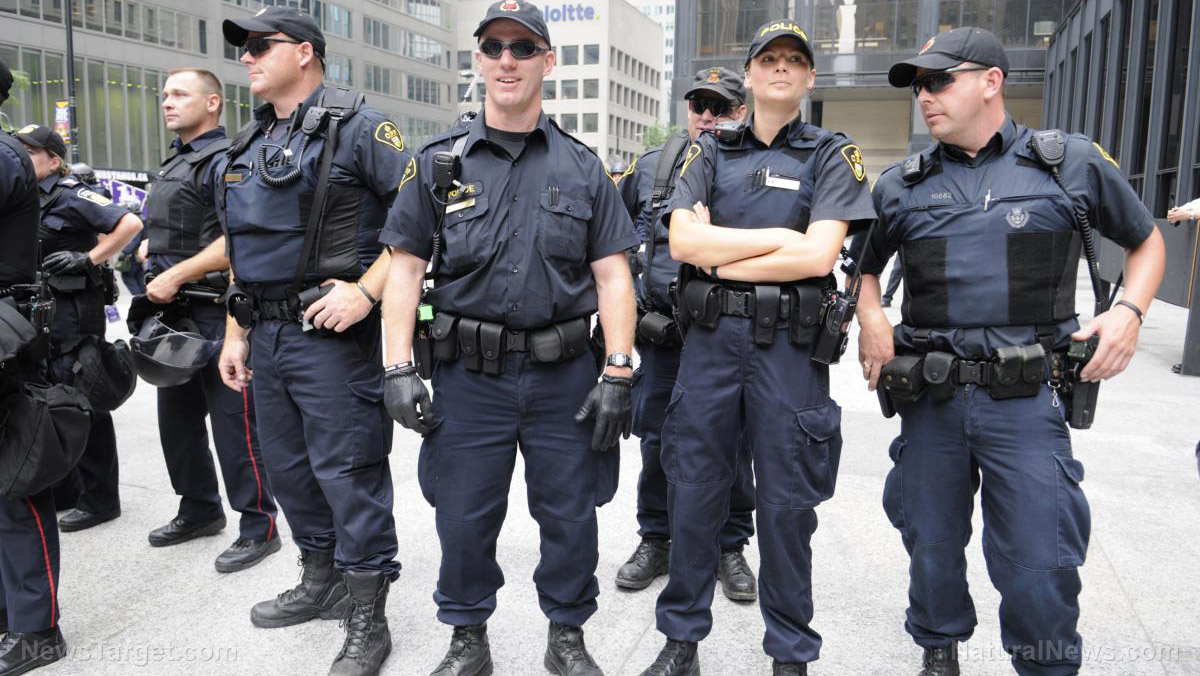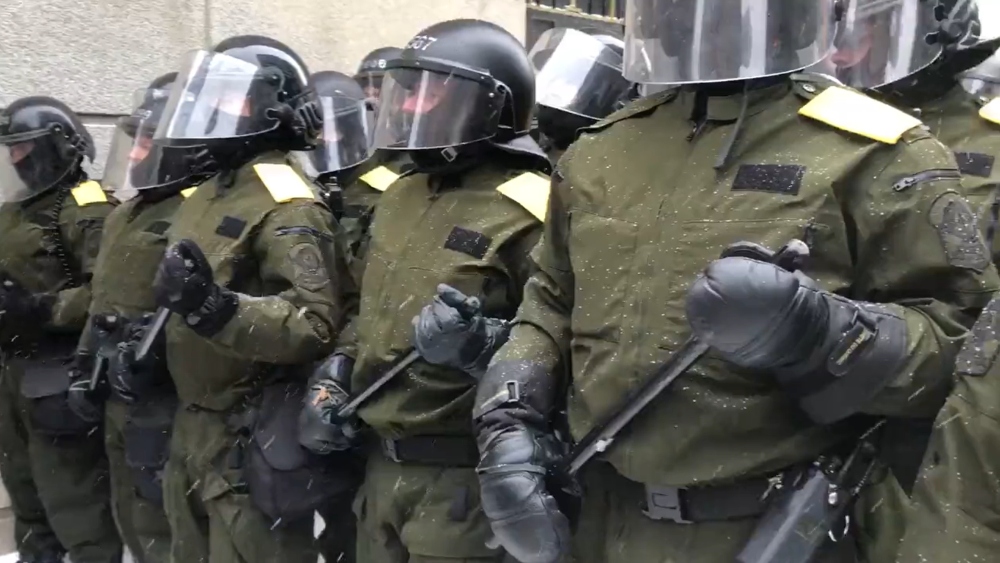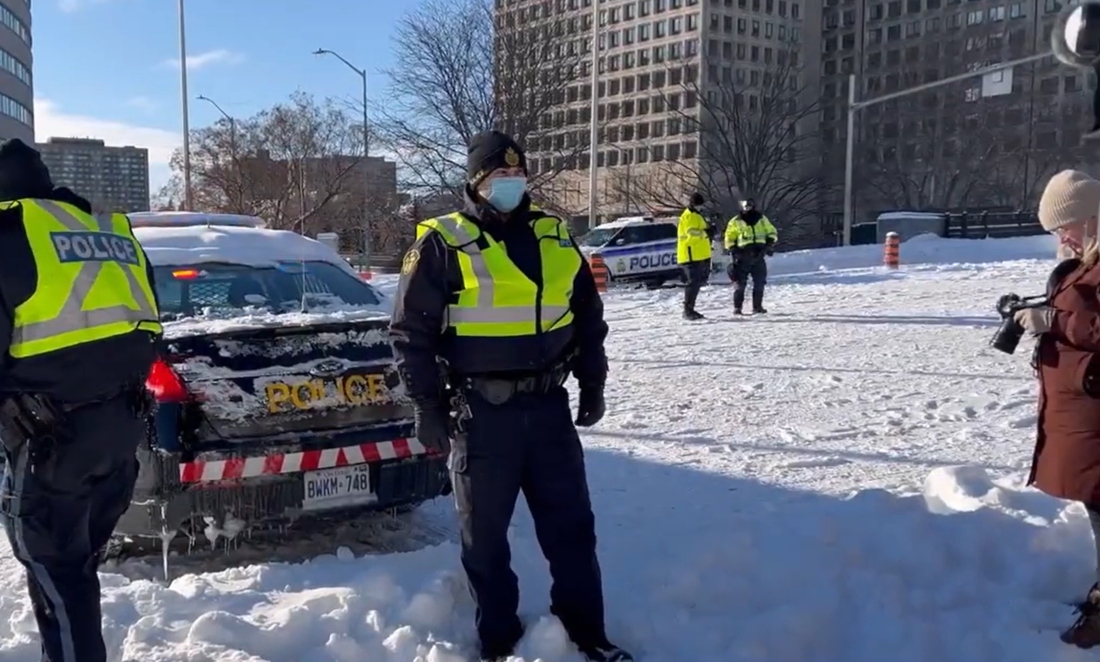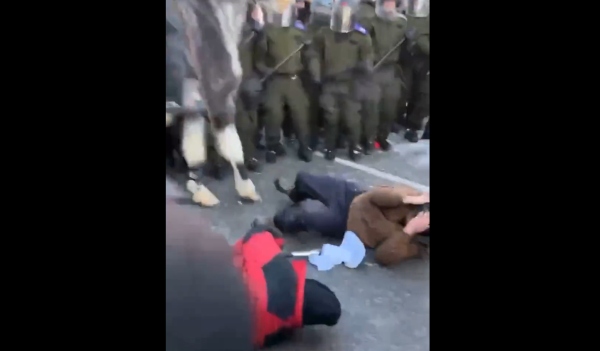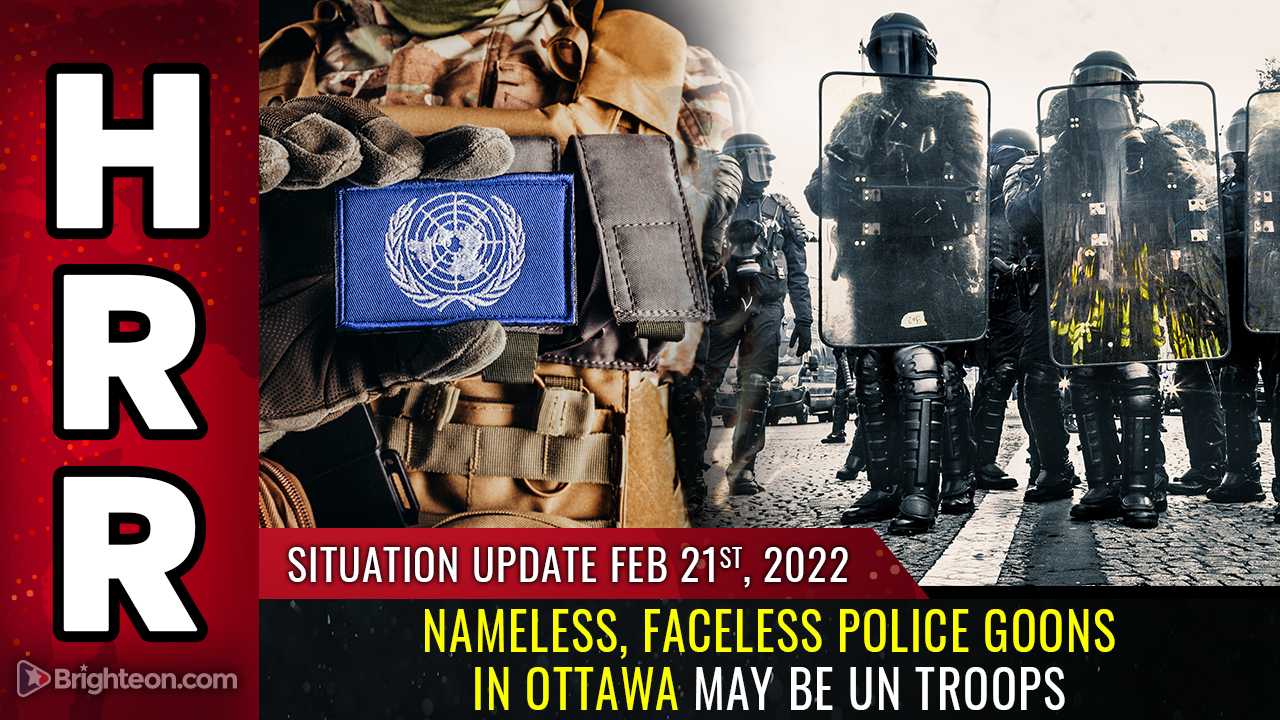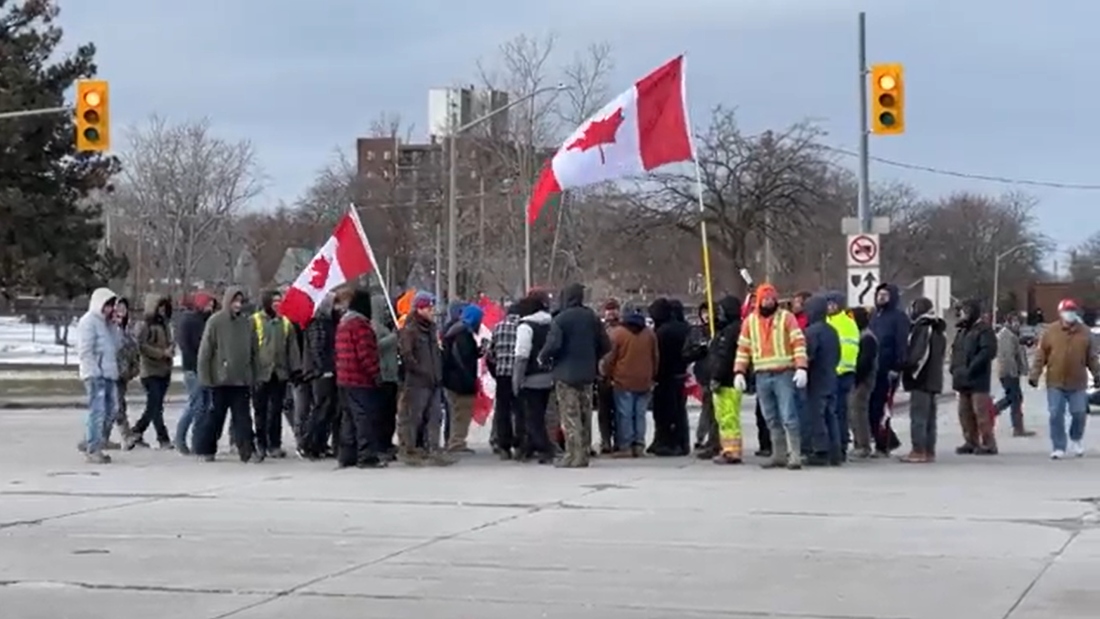Supreme Court makes it easier for people to sue police officers for excessive use of force
03/28/2021 / By Arsenio Toledo

The Supreme Court on Thursday, March 25, expanded the ability of people to sue police officers for excessive use of force in a five to three decision.
In 2014, Roxanne Torres, a woman from New Mexico, was sitting in her car in the parking lot of an apartment complex in Albuquerque when officers from the New Mexico State Police approached her vehicle with their guns drawn to question her. She fled the area because she believed they might be carjackers, despite the fact that the officers claimed their badges were prominently displayed and they were wearing police vests.
As Torres was fleeing, the officers fired 13 shots, hitting her twice in the back. Despite her injuries, she was still able to drive off and admit herself to a hospital where she was arrested.
Torres pled no contest to three violations, but filed a civil rights claim in federal court against the officers who shot at her – Richard Williamson and Janice Madrid – arguing that the shooting was unconstitutional under the Fourth Amendment’s protections against unreasonable searches and seizures.
The officers argued that they feared for their lives when they fired at Torres, and that the incident did not qualify as a seizure since she was not immediately detained or seized.
In its ruling, the court determined that it is not necessary for a plaintiff to be physically seized by law enforcement in order for an incident to qualify as excessive use of force under the Fourth Amendment.
“We hold that the application of physical force to the body of a person with intent to restrain is a seizure even if the person does not submit and is not subdued,” wrote conservative Chief Justice John Roberts in the ruling.
Roberts stressed that the ruling will not automatically turn every physical encounter between police officers and civilians into a Fourth Amendment seizure. The decision also said nothing about the use of other forms of police force, such as lasers, pepper spray and flashbang grenades. (Related: Armed bounty hunters raid a home without a warrant in Buffalo, New York as police officers watch and do nothing.)
Roberts was joined by fellow conservative Justice Brett Kavanaugh, as well as the court’s three liberal justices: Sonia Sotomayor, Elena Kagan and Stephen Breyer. Three of the court’s four remaining conservative justices dissented. Justice Amy Coney Barrett did not participate in the ruling because she has not joined the court yet when the case was initially brought before it in Oct. 2020.
Dissenting justices say majority seeks to equate criminal arrests with “mere touches”
Justices Neil Gorsuch, Clarence Thomas and Samuel Alito dissented. In their written opinion, Gorsuch criticized Roberts’ ruling, arguing that the Fourth Amendment has always recognized a “seizure” as “taking possession of someone or something.”
The court’s conclusion that intent alone is enough to judge whether an action counts as excessive use of force is “as mistaken as it is novel,” argued Gorsuch.
“The majority’s need to resort to such a schizophrenic reading of the word ‘seizure’ should be a signal that something has gone seriously wrong. Today, for the first time, the majority seeks to equate seizures and criminal arrests with mere touches, attempted seizures and batteries.”
Jeffrey Bellin, a professor and Fourth Amendment specialist at William and Mary Law School, said that the Supreme Court’s decision will make it easier for people with grievances against the police to sue them for excessive use of force during a time when the country is increasingly concerned with instances of police violence.
“The ruling that a ‘seizure’ occurred in this case means that more unjustified police shooting and other uses of force can be found to violate the Constitution.”
When Torres first filed her case in a federal court in New Mexico in 2016, the judge dismissed it. According to the judge, there could be no excessive use of force because no “seizure” had occurred. Torres tried to appeal the decision with the 10th Circuit Court of Appeals, which came to the same conclusion in 2019. This is what led Torres to try her luck with the Supreme Court.
Torres’ case will now return to the lower courts, where the state police can still get the lawsuit dismissed by arguing against it on different grounds, including qualified immunity. This is a doctrine that can protect police and other government officials from litigation under certain circumstances.
Learn more about similar instances of police overreach by reading the latest articles at PoliceViolence.news.
Sources include:
Submit a correction >>
Tagged Under:
anti-police, civil rights, constitution, excessive force, Fourth Amendment, illegal search, John Roberts, justice, law, Neil Gorsuch, New Mexico, Police Violence, Roxanne Torres, search and seizure, Supreme Court, violence
This article may contain statements that reflect the opinion of the author
RECENT NEWS & ARTICLES
COPYRIGHT © 2017 PoliceViolence.News
All content posted on this site is protected under Free Speech. PoliceViolence.News is not responsible for content written by contributing authors. The information on this site is provided for educational and entertainment purposes only. It is not intended as a substitute for professional advice of any kind. PoliceViolence.News assumes no responsibility for the use or misuse of this material. All trademarks, registered trademarks and service marks mentioned on this site are the property of their respective owners.




